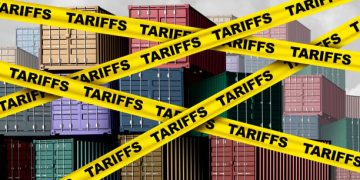President Donald Trump on Monday confirmed that the United States will impose a 25% tariff on goods imported from Japan and South Korea starting August 1, alongside new tariffs for twelve additional countries.
Trump disclosed the planned tariffs by posting letters addressed to the leaders of the affected countries on social media, warning them against retaliatory measures. According to the letters, any increase in their own import taxes could result in further tariff hikes by the U.S.
“If for any reason you decide to raise your Tariffs, then, whatever the number you choose to raise them by, will be added onto the 25% that we charge,” Trump wrote in letters sent to Japanese Prime Minister Shigeru Ishiba and South Korean President Lee Jae-myung.
The announced measures extend beyond Japan and South Korea. Imports from Myanmar and Laos would be taxed at 40%, Cambodia and Thailand at 36%, Serbia and Bangladesh at 35%, Indonesia at 32%, South Africa and Bosnia and Herzegovina at 30%, and Kazakhstan, Malaysia, and Tunisia at 25%.
Trump’s letters generally followed a standard format and were intended to signal that the tariff policy could still shift through additional negotiations. The White House indicated that the president is shaping “tailor-made trade plans for each and every country,” according to Press Secretary Karoline Leavitt.
The administration’s latest tariff announcement follows months of negotiations that have yet to deliver several long-term trade agreements. The White House has previously reached partial deals with the United Kingdom and Vietnam, while broader negotiations continue with the European Union, India, and other partners.
Wendy Cutler, vice president of the Asia Society Policy Institute and a former U.S. trade official, described the increased tariffs on Japan and South Korea as “unfortunate,” highlighting both countries’ roles in critical sectors such as shipbuilding, semiconductors, and energy cooperation.
The South African government issued a statement saying the tariff levels did not accurately reflect the country’s trade ties with the U.S., but added that it would continue working toward a balanced and mutually beneficial trade framework.
Financial markets reflected concerns over the potential economic impact, with the S&P 500 index closing down 0.8% on Monday. The yield on 10-year U.S. Treasury notes climbed to nearly 4.39%, which could translate into higher borrowing costs for consumers and businesses.
Trump justified the tariffs as a tool to address trade imbalances and support domestic manufacturing. According to recent trade data, the U.S. recorded a goods trade deficit of about $69.4 billion with Japan and $66 billion with South Korea in 2024.
The new tariffs come after an initial announcement in April, when the administration outlined similar rates but paused full implementation to allow for negotiations. With the 90-day window ending this week, the administration plans to delay the full increase until August 1 to provide time for further discussions.
Trump has also signaled that countries aligned with certain global economic groups could face additional tariffs of up to 10%. He has encouraged major U.S. retailers to absorb the cost of higher import taxes rather than passing them on to consumers, although experts say this could still increase prices for goods such as cars and electronics.
The administration’s use of an economic emergency declaration to impose tariffs remains under legal review, following a recent court ruling that questioned whether the president’s actions exceeded his authority.
Trade analysts expect that talks among the U.S. and its trading partners will continue in the coming weeks to clarify final rates and possible exemptions before the new tariffs take effect.
#SupplyChainNews #TradePolicy #GlobalEconomy #TariffsUpdate #NewsUpdate

















